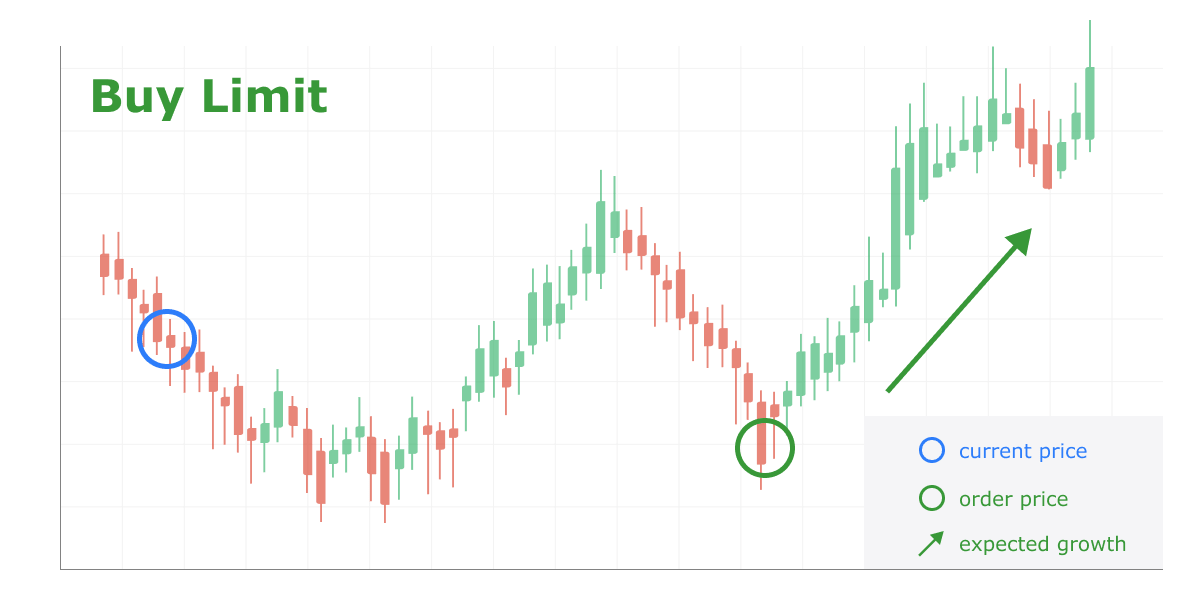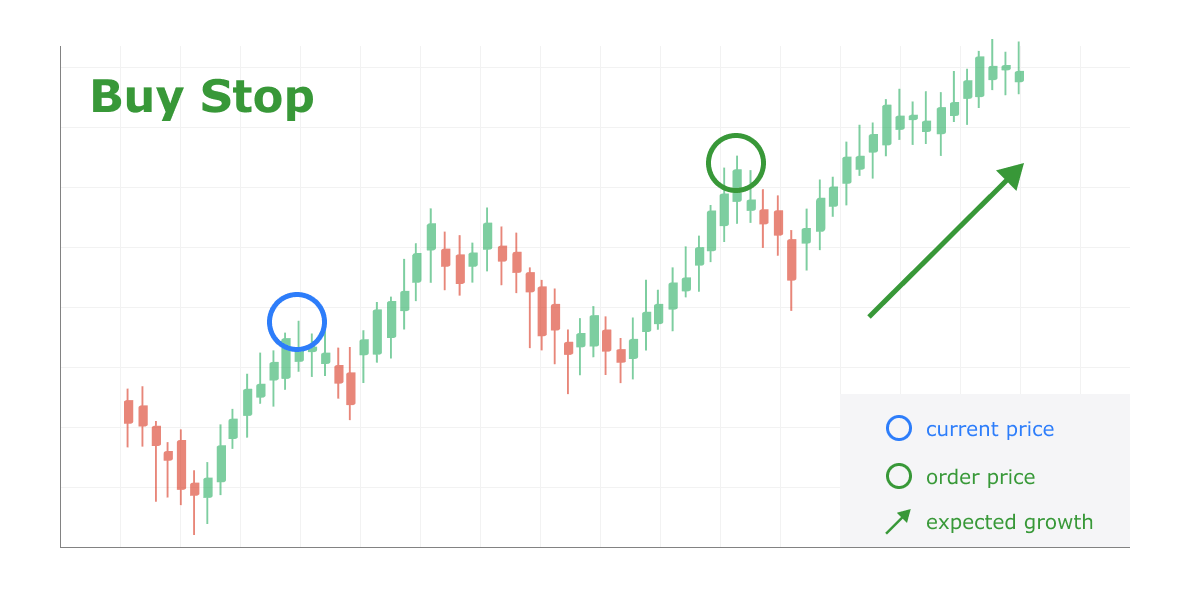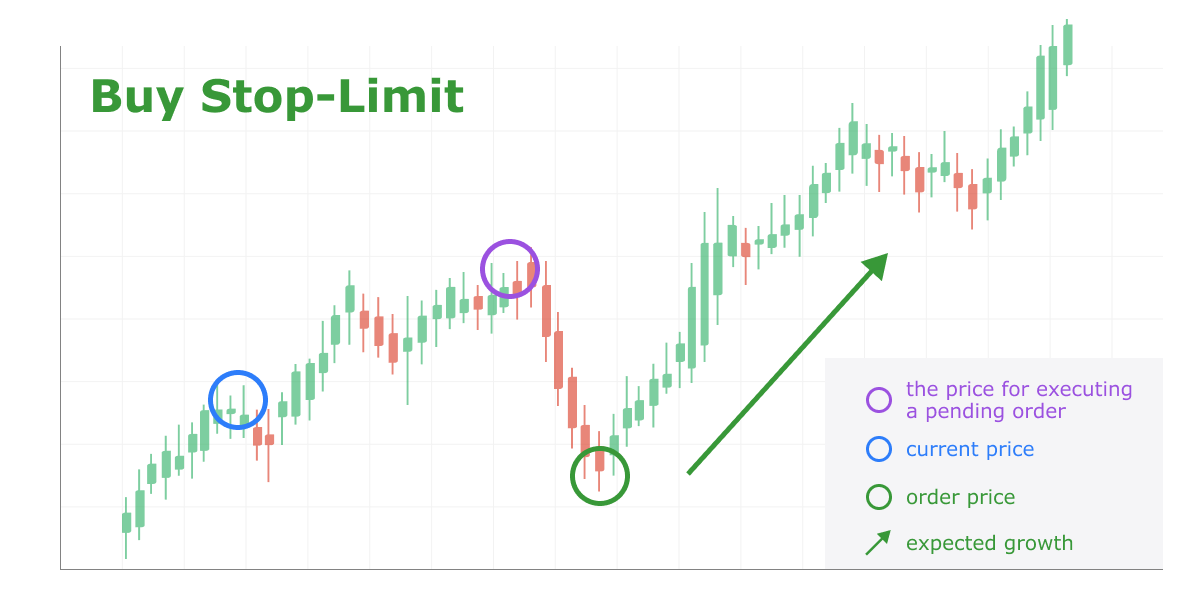“May I take your order?” What are the main trading order types in trading, and when to use them
When engaging in trading, be it Forex, stocks, digital asset, or CFD assets, brokerage clients are presented with many opportunities to open and close trades, depending on the situation that unfolds in the market. Simply put, the term ‘order’ means the way to enter or exit a trade. However, as the domain evolved, brokerages began to offer more sophisticated order types for demanding clients to build complex market strategies. The number of order types the platform offers affects the degree of traders' freedom and, accordingly, the overall attractiveness of the brokerage service itself.
This article will briefly explain basic and advanced trading or stock order types supported in Soft-FX products and solutions.
Market order
A market order (a simple Buy or Sell order) is as simple as a stock order can be. A market order represents a type of order designed to buy or sell a financial instrument at the best available price. Buy orders are executed at the ASK price, and Sell orders are executed at the BID price.
Suppose a Forex brokerage client wants to trade AUD/USD. Let’s say the BID price for this pair is 0.7601 and the ASK is 0.7603. So if a trader wants to buy AUD/USD, they enter at the ASK price of 0.7603. In exactly the same way, they can give a sell order to sell all or part of their asset at the current BID price.
A market order type can be compared to purchase on Amazon or eBay, only instead of goods, the customer receives a certain amount of currency.
When to use
Because of the slippage phenomenon, savvy investors prefer not to use market orders too often because the broker can’t guarantee that the last-traded price will be the price a client pays or receives. This type of order is usually reserved for the case when a sudden market movement occurs, and an asset must be urgently sold or bought at the current price.
Pending order
A pending order is an order to buy or sell a financial instrument at pre-defined conditions in the future. When a pending order is placed, the execution price can be higher than the current ASK price (for Buy orders) or lower than the current BID price (for Sell orders).
This type of order can be divided into several subtypes.
Limit order

A Limit order is executed at a specified or better price. A Buy Limit order can only be executed at the requested or lower price, and a Sell Limit order can only be executed at the requested or higher price.
Stop order

A Stop order is placed below the current price for Sell positions and above the current price for Buy positions. When the price reaches the Sell Stop or Buy Stop level, the position automatically opens at the current market price, similar to the market order execution. However, the order execution price may differ from the price set.
Stop limit

A Stop Limit order combines two orders: Stop and Limit. When a client opens a Stop Limit order, they need to specify two prices: Stop and Limit. After the Stop order is activated at the Stop price, a new Limit order with a new ID is created. Then the order is executed as a regular Limit order, at a specified or better price.
When to use
As is clear from the description above, pending orders allow clients not to spend 24 hours in front of the monitor waiting for the right price value. Also, these types of orders to a large extent remove the psychological pressure from stock, FX and other investors, which is extremely useful for both beginners and professionals. The main thing in working with pending orders is the correct identification of the entry and exit prices.
Execution types
These complex (or weird, to some FX traders) order types are determined by the way they are executed. Depending on the strategy, a client can also set different execution values for their orders.
Good Till Cancel
This type simply remains active until the trade is executed or canceled.
Immediate Or Cancel
Immediate or Cancel order requires all or part of the order to be executed immediately; otherwise the order (or any unfilled parts of the order) will be canceled.
Suppose a Forex brokerage client sets a Sell Limit order for 2 lots on EUR/USD. The order is executed partially in the volume of 1.25 lots at the requested price, and the remaining volume of 0.75 lots is voided. If the requested price does not match the market price, the order will be canceled completely.
Note that only Limit orders can be IOC orders.
One Cancels the Other (OCO) orders
OCO orders allow linking two conditional orders, though only one of them will be executed. These orders are interconnected by the mutual cancellation function. That is, when one of these orders is executed, the other is automatically deleted by the system.
Suppose the price current of EUR/USD is 1.1800. A trader is anticipating a breakout and looks to either buy at 1.9025 over the resistance level, doesn't want to lose a big chunk of their asset if the price falls below 1.1775. If the 1.9025 value is reached, the BUY order will be triggered and the 1.1775 SELL order will be canceled without manual intrusion.
When to use
Execution order types are not essential for all traders, even professional ones. However, demanding traders can use these orders for risk control and entering the market. The main thing to remember is that the execution conditions must be set in strict accordance with the chosen strategy.
Hidden order
Hidden orders are not a full-fledged type of order, it is rather a feature, but an important feature that traders can use as an advantage. If a trader flags his order as hidden, other traders can't see the order volume in the Depth of Market. Hidden orders also have a subtype, the so-called Iceberg order, when the Depth of Market displays only a certain proportion of the total order volume.
Suppose that when placing an order with a volume of one lot (100,000 units), the trader has set the only 1/10th of this lot as visible. Thus, upon hitting the Depth of Market, this order will be displayed in ten cycles as 10,000 units of the base currency, and other participants will not be able to see the total volume at one time.
When to use
The hidden order mechanism provides a more comfortable workflow for traders who don't want to reveal their trading volumes in the Market Depth.
Bottom line
It is important for any trading platform to have an extended list of order types available to attract any trader, from beginners to experienced traders. For clients, it's important to remember that before setting up a cumbersome system with sophisticated orders, they need to make sure they understand the concepts behind those orders, as well as the degree to which they fit their trading style and the trader's emotional profile.
Our technical experts are ready to answer any questions related to the topic of this publication, as well as to explain how the described trading order types are implemented in our products and solutions. Leave a request and we will contact you soon!
